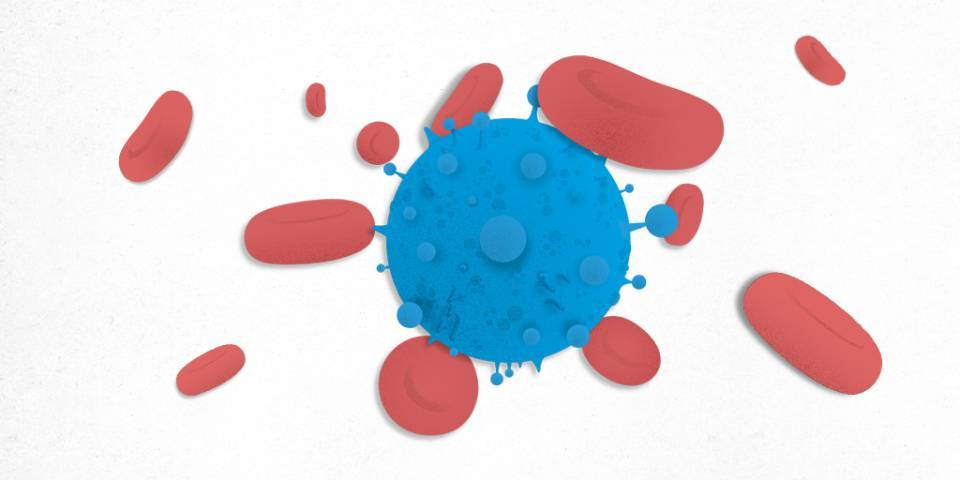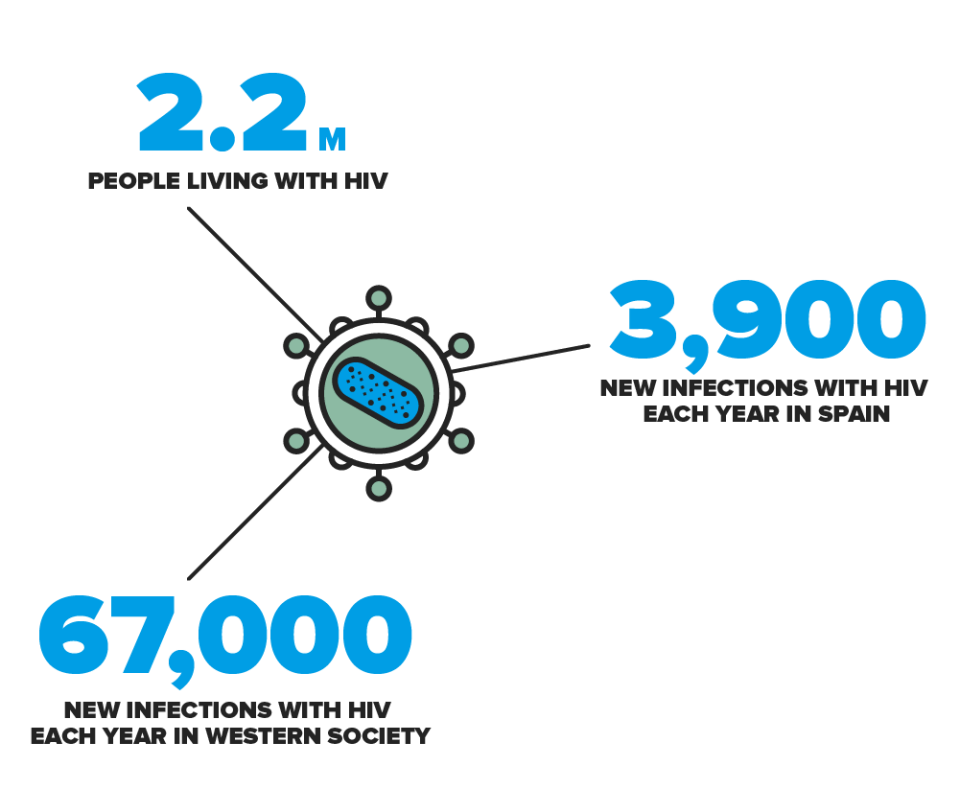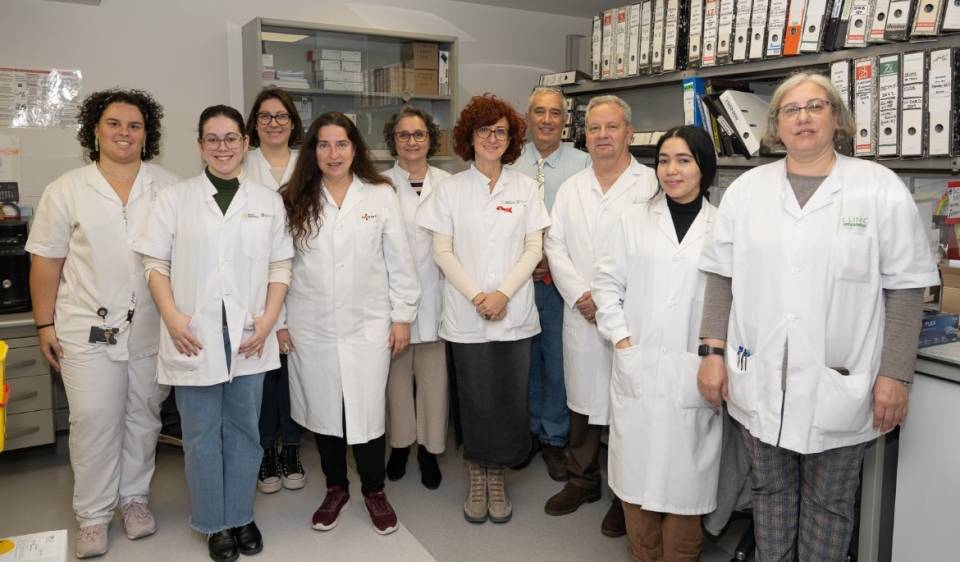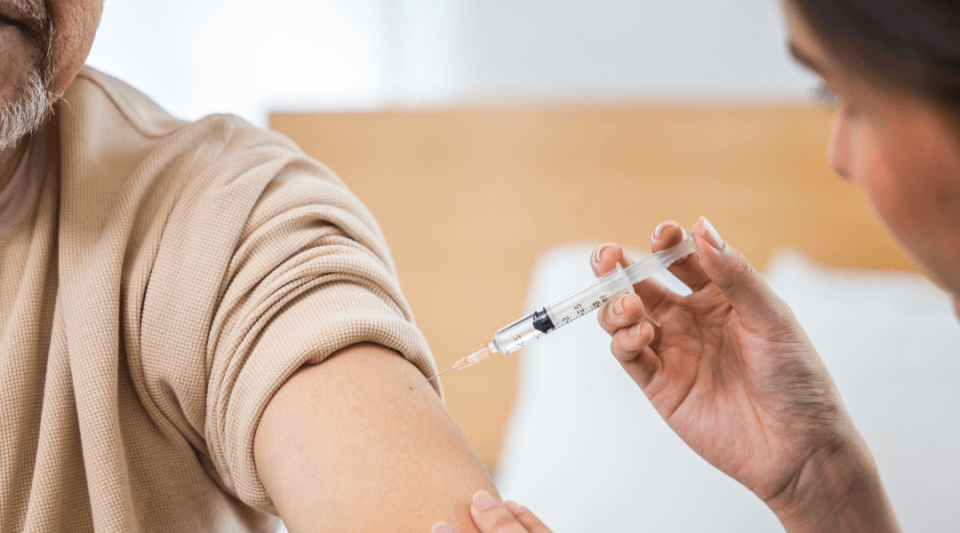- What is it?
- Diagnosis
- Treatment
- Living with the disease
- Research lines
- Frequently Asked Questions
- Prevention
-
The disease at the Clínic
- Equipo y estructura
What is HIV / AIDS?
Acquired Immune Deficiency Syndrome (AIDS) is the most serious form of infection caused by the human immunodeficiency virus (HIV). Thanks to the advances in its treatment, it has become a chronic disease and the quality of life of people living with HIV has improved.
HIV/AIDS explained in first person
People living with HIV have a strictly normal life, with a life expectancy similar to the general population.
HIV does not define you, it is just something else in your life and you can live with it.
It is called a syndrome because AIDS consists of the appearance of one or several diseases. These diseases develop because the virus slowly, continually and progressively destroys the body’s self-defence system –the immune system.
Acquired Immunodeficiency Syndrome, or AIDS, is the severest form of the infection caused by the Human Immunodeficiency Virus, or HIV.
The immune system
The immune system is a set of defence mechanisms which the human body uses to protect against infection. HIV brings about the slow, continuous and progressive destruction of part of the immune system, which in turn triggers its failure and eventually produces the illness known as AIDS. Treatment prevents this destruction and furthermore, when administered in early stages of the disease, can help restore the body’s defences in the majority of patients.
The virus and how it affects the body
HIV belongs to the retrovirus family (Retroviridae). They are given this name because they are able to convert their genetic material, their RNA (ribonucleic acid), into DNA (deoxyribonucleic acid). HIV targets the CD4 lymphocyte, which is responsible for coordinating the body’s defences. This means HIV is a very aggressive virus and if left untreated it will leave the body vulnerable to different pathological agents.
It is very common?
According to UNAIDS, 37.7 million people were living with HIV in 2020. There were 1.5 million new infections and about 680,000 people died of AIDS-related illnesses worldwide.
Despite these figures, the situation has improved in recent years. The number of new infections has decreased by about 31%. From 2.1 million in 2010 to 1.5 million in 2020. The number of AIDS-related deaths also decreased from 1.3 million in 2010 to 680,000 people in 2020. This improvement is due to an increase in the number of people receiving treatment. In 2020, 73% of people living with HIV had access to treatment: 74% of adults, 54% of children and 85% of pregnant women.
In 2021, in the Western society, there were about 2.2 million people living with HIV and 67,000 new infections each year, of which 3,900 occurred in Spain. Despite new treatments, the epidemic is not under control and in the last 10 years the number of new infections has not changed significantly, indicating that new measures must be taken to control the epidemic.
How is the virus transmitted?
HIV cannot live outside the body for long periods of time and, for this reason, transmission requires direct physical contact with an HIV-positive person with a detectable viral load. The routes of infection are:

Blood transmission. Blood (including menstrual blood) of a person living with HIV, with a detectable viral load, carries the virus. Thus the infection can be acquired when the blood of an affected person comes into contact with the bloodstream of a healthy one.

Sexual transmission. The virus is present in semen, vaginal fluid and in the mucus of the anus and vagina. These fluids can enter the body via open wounds or through genital mucous membranes. Therefore, all activities involving these fluids imply the risk of transmission. Male and female condoms prevent the transmission of HIV and the majority of sexually transmitted infections.

Vertical transmission. Pregnant women living with HIV who have a detectable viral load can transmit the virus to their child at different stages: while the foetus is in the uterus, during birth or during breastfeeding.
Symptoms
The initial infection with HIV does not usually present any specific symptoms. However in some cases it can cause flu-like symptoms such as fever, swollen neck glands, general discomfort and/or skin rash. Most patients do not present any symptoms at all in the chronic or latency stage. The final stage is characterised by a progressive deterioration of the patient’s general condition, appetite loss, weight loss, fever and diarrhoea, and subsequently opportunistic infections, malignant tumours and neurological disorders appear.
Substantiated information by:



Published: 20 February 2018
Updated: 5 December 2022
Subscribe
Receive the latest updates related to this content.
(*) Mandatory fields
Thank you for subscribing!
If this is the first time you subscribe you will receive a confirmation email, check your inbox




